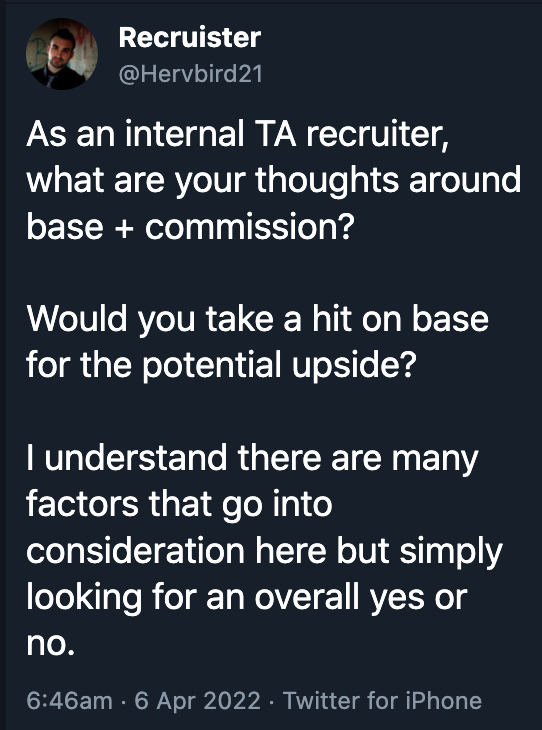I know a ton of HR Pros right now who have been charged by their organizations to go out and “Diversify” their workforce. By “Diversify”, I’m not talking about diversity of thought, but recruiting a more diverse workforce in terms of ethnic, gender, and racial diversity.
Clearly, by bringing in more individuals from underrepresented groups in your workforce, you’ll expand the “thought diversification”, but for those HR Pros in the trenches and sitting in conference rooms with executives behind closed doors, diversification of thought isn’t the issue being discussed.
So, I have some assumptions I want to put forth before I go any further:
1. Referred employees make the best hires. (Workforce studies frequently list employee referrals as the highest quality hires across all industries and positions)
2. ERPs (Employee Referral Programs) are the major tool used to get employee referrals by HR Pros.
3. A diverse workforce will perform better in most circumstances than I homogeneous workforce will.
4. Diversity departments, if you’re lucky enough, or big enough, to have one in your organization, traditionally tend to do a weak job at “recruiting” diversity candidates (there more concerned about getting the Cinco De Mayo Taco Bar scheduled, etc.)
Now, keeping in mind the above assumptions, what do you think is the best way to recruit diverse candidates to your organization?
I’ve yet to find a company willing to go as far as to “Pay More” for a black engineer referral vs. a white engineer referral. Can you imagine how that would play out in your organization!? But behind the scenes in the HR Departments across the world, this exact thing is happening in a number of ways.
First, what is your cost of hiring diverse candidates versus non-diverse candidates? Do you even measure that? Why not? I’ll tell you why, is very hard to justify why you are paying two, three, and even four times more for a diverse candidate, with the same skill sets, versus a non-diverse candidate in most technical and medical recruiting environments. Second, how many diversity recruitment events do you go to versus non-specific diversity recruitment events? In organizations that are really pushing diversification of the workforce, I find that this figure is usually 2 to 1.
So, you will easily spend more resources for your organization to become more diversified, but you won’t reward your employees for helping you to reach your goals? I find this somewhat ironic. You will pay Joe, one of your best engineers, $2000 for any referral, but you are unwilling to pay him $4000 for referring his black engineer friends from his former company.
Yet, you’ll go out and spend $50,000 attending diversity recruiting job fairs and events all over the country trying to get the same person. When you know the best investment of your resources would be to put up a poster in your hallways saying “Wanted Black Engineers $4000 Reward!”.
Here’s why you don’t do this.
Most organizations do a terrible job at communicating the importance of having a diverse workforce, and that to get to an ideal state, sometimes it means the organization might have to hire a female, an Asian, an African American, or a Hispanic, over a similarly qualified white male to ensure the organization is reaching their highest potential.
Workgroup performance by diversity is easily measured and reported to employees, to demonstrate diversity successes, but we rarely do it, to help us explain why we do what we are doing in talent selection. What do we need to do? Stop treating our employees like they won’t get it, start educating them beyond the politically correct version of Diversity and start educating them on the performance increases we get with diversity. Then it might not seem so unheard of to pay more to an employee for referring a diverse candidate!
So, you take pride in your diversity hiring efforts, but you’re just unwilling to properly reward for it…

